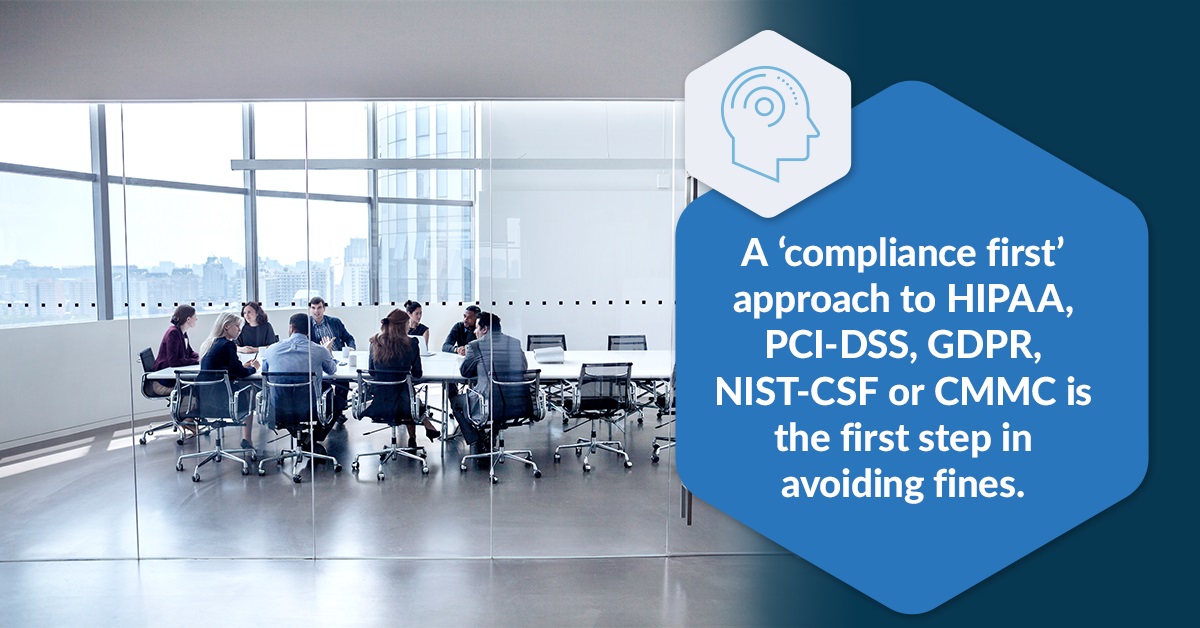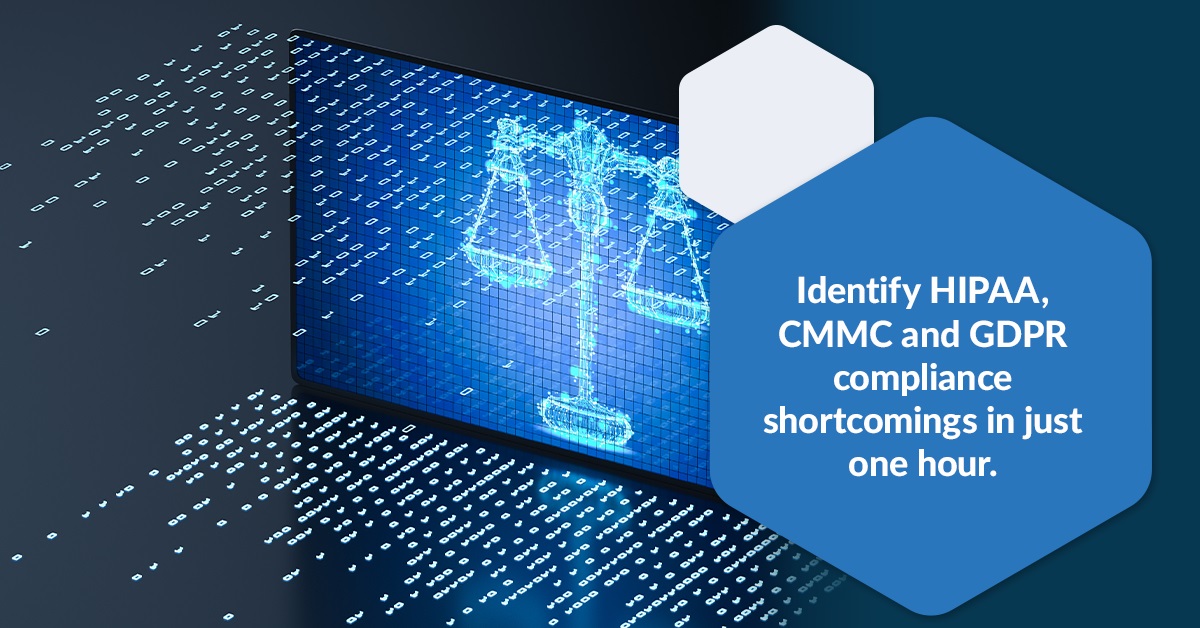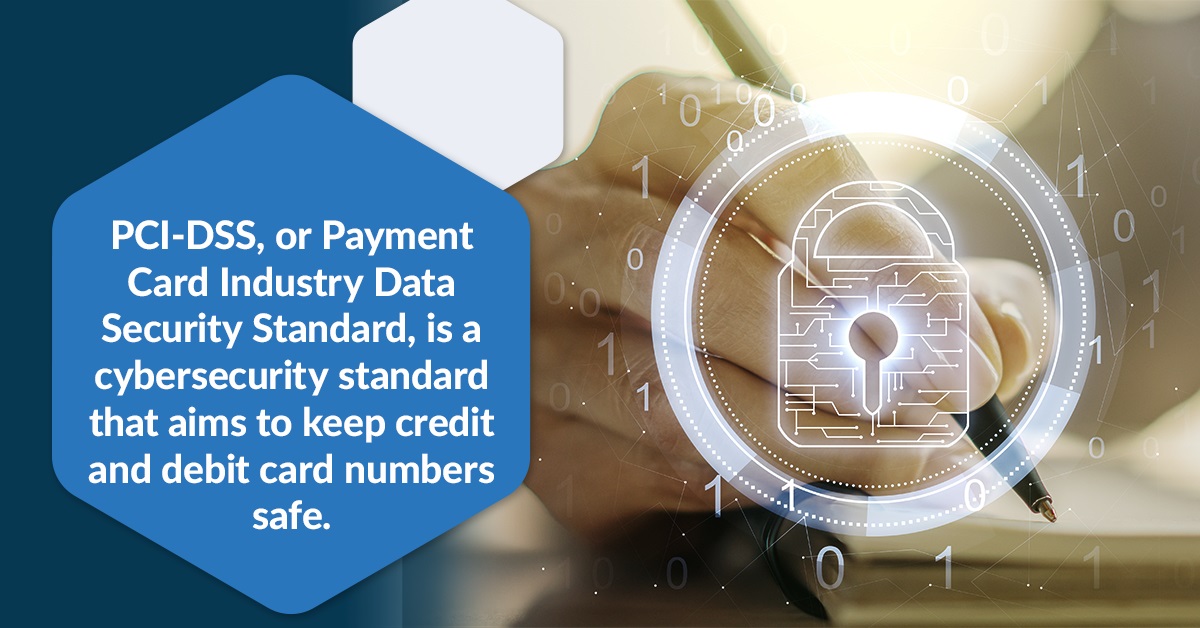Cyber Security Compliance
Navigate the labyrinth of HIPAA, PCI-DSS, GDPR, NIST-CSF, or CMMC compliance with PuriCloud as your guide. Stay one step ahead with expert assistance in strategizing, readiness assessments, and seamless adaptation to changing rules. Partner with PuriCloud and operate confidently knowing everything is compliant.

Compliance is not just for the big players and it is often perceived as a burden, particularly among SMBs, who feel that it's a territory meant only for larger organizations. This misconception needs to be debunked. Compliance programs are not just a protective shield for huge corporations but are equally important for SMBs to minimize risk, improve efficiency, and ward off potential penalties.
For many small to medium-sized businesses (SMBs), compliance may seem like a daunting word reserved for larger corporations. However, the truth is that compliance is not only achievable but absolutely essential for businesses of all sizes. Mitigating risk, enhancing efficiency, and adhering to laws and regulations are a vital part of business success. Our comprehensive compliance checklist, designed to help you construct an effective compliance program, is just a click away.


Penalties for noncompliance can be steep. For instance, HIPAA (Health Insurance Portability and Accountability Act) violations can lead to fines ranging from $100 to a whopping $50,000 per violation, potentially escalating to $1.5 million per calendar year of neglect. On the other hand, noncompliance with GDPR (General Data Protection Regulation) can cost businesses anywhere from 2% to 4% of their annual turnover.
To support you in effectively achieving compliance, we've assembled a checklist detailing the Six Essential Elements of a compliance program, designed to simplify the process and bring you peace of mind.
Here's a sneak peek:
- Executive Sponsorship: This is the starting point for any successful compliance program. It means having an executive in your organization who advocates for and drives the implementation of the compliance program. Their support and involvement are critical to ensuring compliance is embedded in the company culture.
- Business Impact Analysis & Risk Assessment: Understanding the potential impact of a compliance failure on your business is crucial. This step involves identifying areas of risk and assessing their potential impact, allowing you to develop strategies to mitigate these risks effectively.
- Chief Compliance Officer (CCO): A dedicated professional in this role provides leadership, guidance, and oversight for your compliance initiatives. The CCO should have the authority, autonomy, and resources to design, implement, and monitor the compliance program.
- Data Governance Strategy: This is your game plan for managing, improving, and protecting your organization's data. It encompasses everything from data quality and privacy to regulatory compliance and should be a cornerstone of your overall compliance program.
- Monitoring, Testing, and Updating: This continuous process ensures your compliance program stays relevant and effective. Regular monitoring and testing help identify and correct any gaps in the program, while updating the program helps it stay current with changing regulations and business needs.
- Routine Employee Training: Training is key to ensuring that your team understands and can effectively follow compliance procedures. Regular training sessions help foster a culture of compliance throughout your organization.
Illuminate your path to compliance and step into the world of compliance with confidence!

